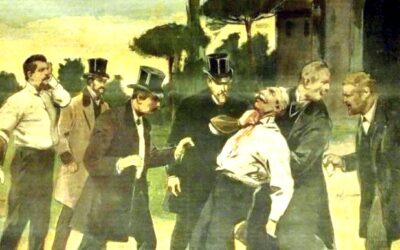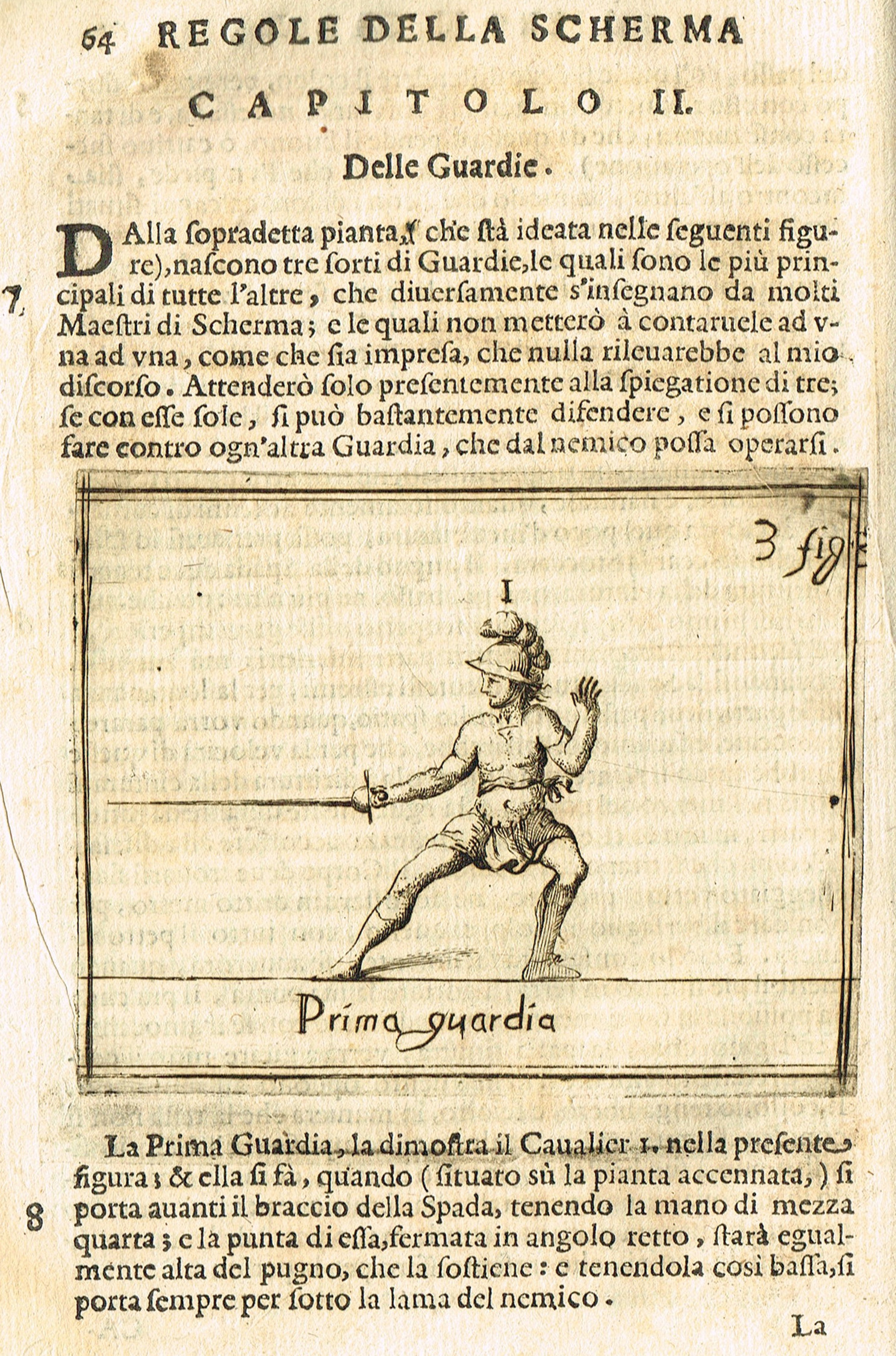
A few years ago I spoke with an “important” teacher: forgive me if I do not name names, so as not to raise unnecessary controversy. The relationship between teacher and student is often so strong, on the emotional level, as to become almost religious: in the sense of uncritical acceptance of dogmas, which should instead always be questioned. Everything changes, even fencing.
Sometimes you just need a different handle, a more flexible blade, the change of a rule – I think of the impact times and those of the double stroke of the signalling device – and the technique, to be successful, must immediately adapt, take advantage of the new possibilities, abandon the old paths. Think, for example, one among the many, to the ancient controversies about which was the best between the Italian and the French handle: today, in the foil, both have been abandoned: a good reason there will be…
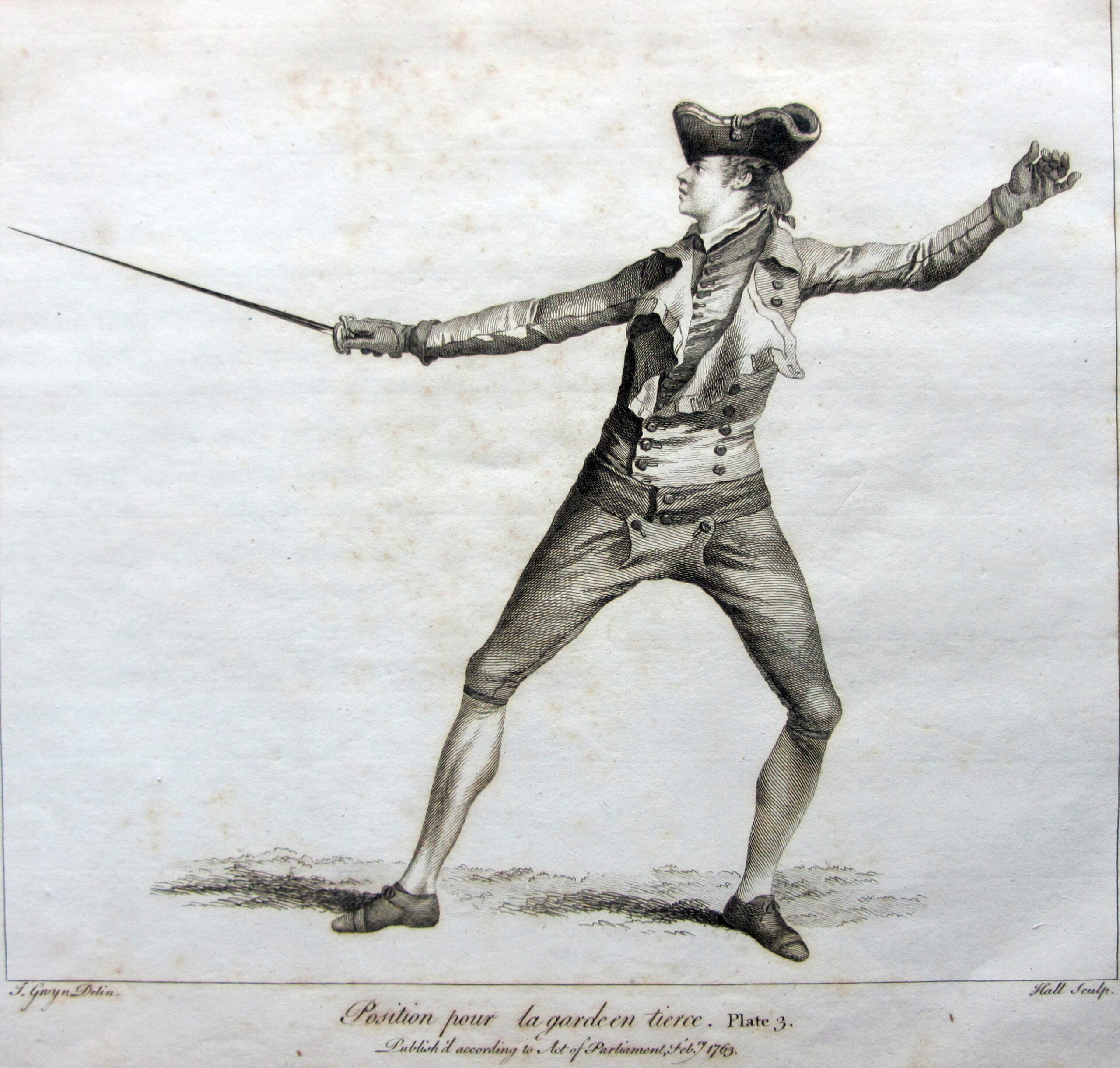
The “important” master had the firm conviction that to take a step forward it was necessary to scrupulously respect the following dynamic: first he raises the tip of the front foot, then the heel, the foot moves forward, he first lays the heel, then the tip. Respectable opinion, if another teacher, for me even more “important” than the first, argued the opposite: the heel is raised first, and then the tip.
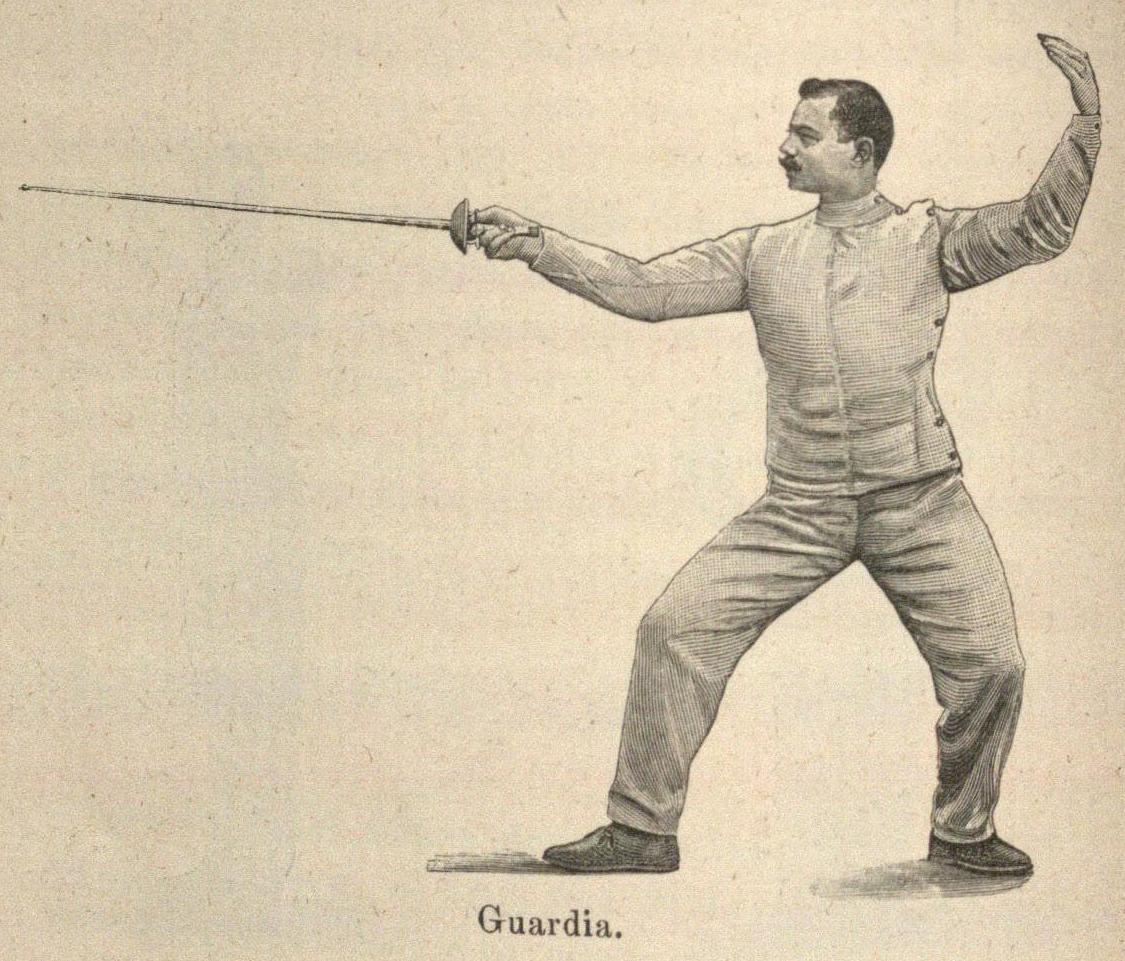
So I asked the first one why he wanted so much to make so strictly execute the step in his own way: that, to understand, it was the ancient way, and perhaps even today taught in his school. The answer I still remember, and it seemed presumptuous and irritating to me: it’s fencing! he told me. How to say: learn fencing, and you will understand.
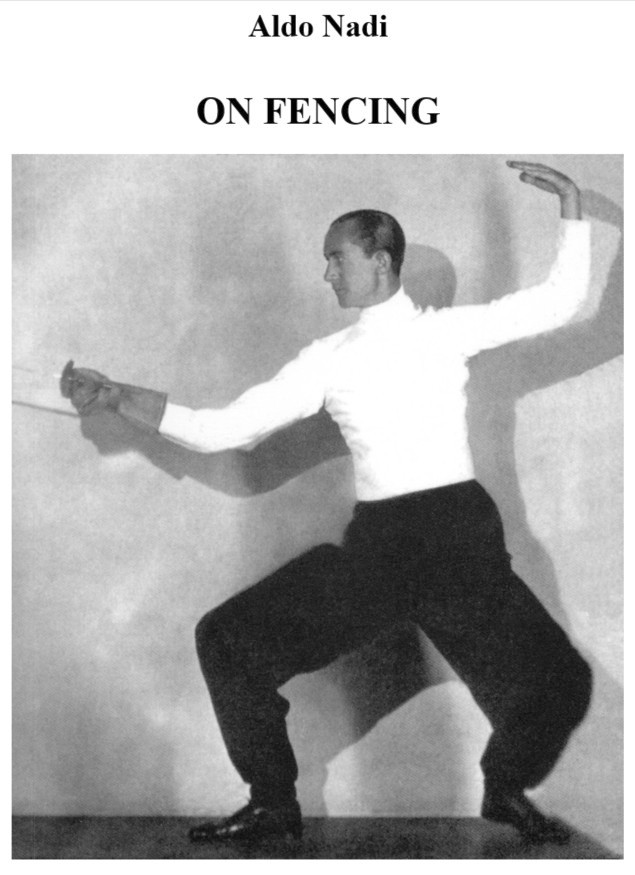
The other teacher, although not explaining the reasons, told me something much more agreeable: “look!”. And that’s what I did, starting with the students of the first: that scrupulously, after being warned, they respected the delivery, but only for the first step. Then they moved their feet just like everyone else. Fortunately it was already available and widespread the support of video shooting, so doubts did not remain. I invite you, if you have any left, to look, as I did.
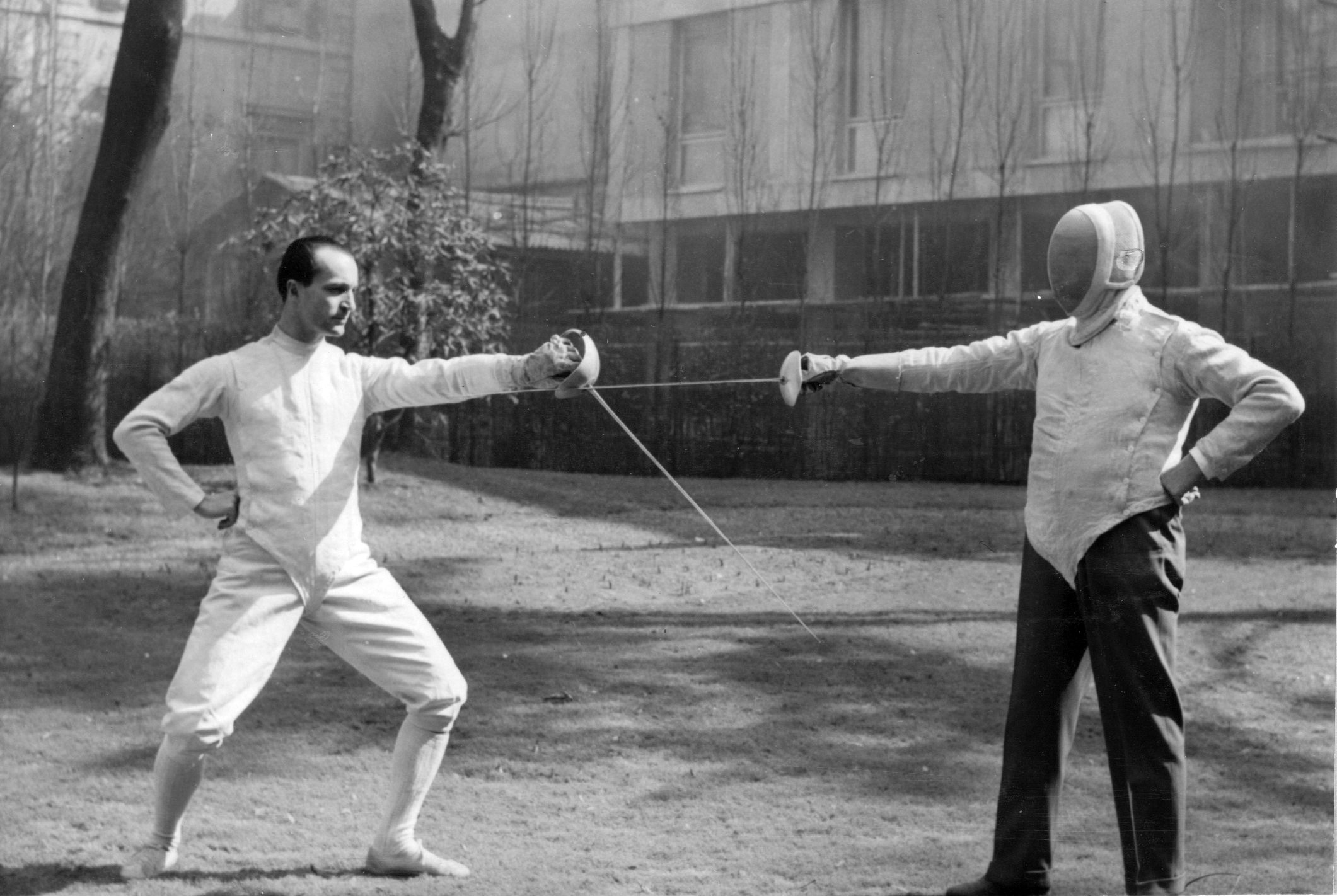
I wondered, at this point, the reason why of this difference and, after consulting some treatises more or less recent and having personally done some tests, the answer came, clear.
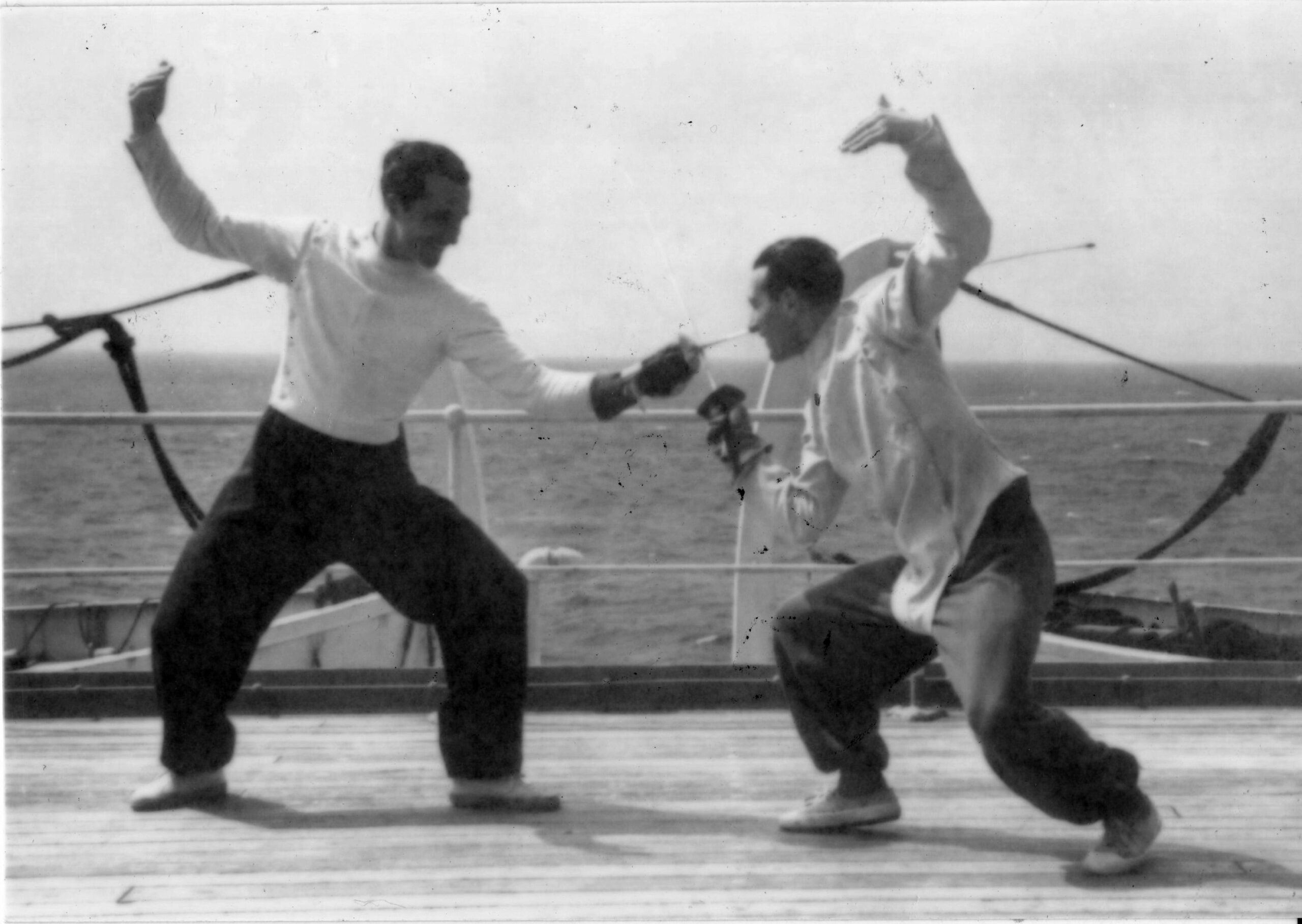
The guard of the past, let’s say that of Masaniello Parise to quote an Italian classic, was two feet wide. The weight of the body was fairly evenly distributed on the two supports, with a prevalence, dictated by prudence and tradition, of the weight on the back leg. Before that – look at the pictures – the weight was even more displaced on the back leg. Try, from that position, to take a step forward: it will be completely natural to raise the toe first, and then the heel, to advance.
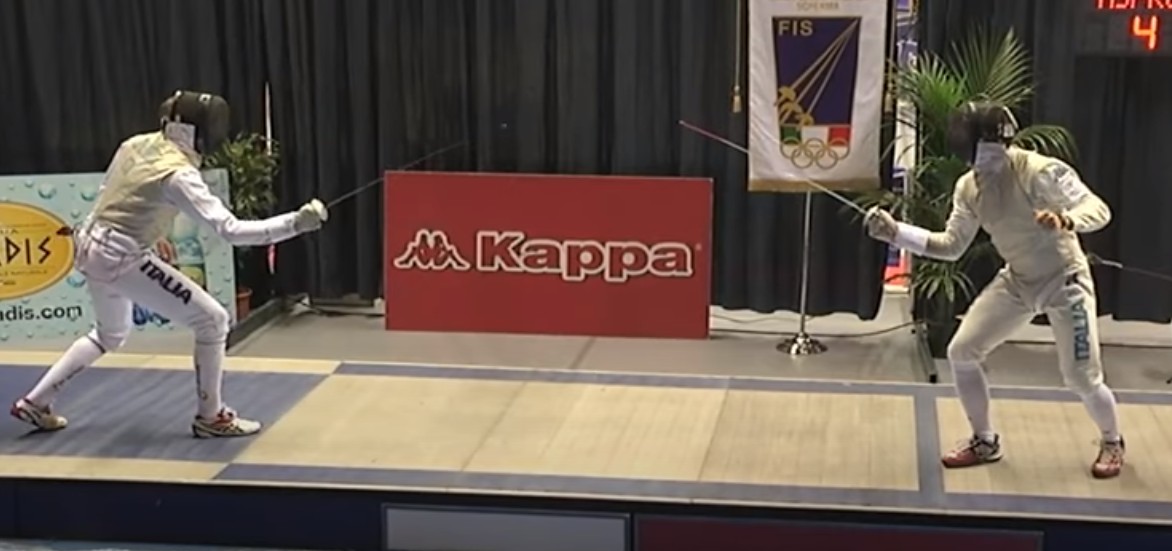
Nobody adopts that guard anymore. We recommend a space between the feet of a foot and a half, which can grow considerably, during the assault, for well-trained athletes: but the weight, the vertical that drops from the center of gravity, is much more moved towards the front foot. This position, which in a collision on the ground would be impractical, for the sporting assault is certainly more dynamic, and allows to advance more quickly. Try to take it, to take one or more steps, and you will see that the right way to walk is the one indicated by the second master.
It’s fencing, isn’t it?

A small postscript, suggested by my friend and colleague Davide Lazzaroni. In the “Quaderni di spada” published by the Scuola dello Sport del Coni and, precisely, in the article on Italian and French fencing, I reported an oriental story, which helps to understand how traditions should never be accepted uncritically. Knowing its origins, and the causes, you can take the good, and let go of what’s no longer good.
The abbot of a Zen monastery had only one weakness: a cat who, sure of his master’s affection, was the true owner of the monastery. The cat used to walk even in the meditation room while the monks occupied it and, rubbing and walking close to them, disturbed their concentration. The abbot then became accustomed, before the practice of meditation, to tie the cat in front of the door of the hall. Time passed, and tying the cat became a habit no one would notice.
Then, one day, the abbot died, and his successor arranged to tie the cat at the right time.
Then the cat died and the abbot’s successor immediately sent to buy another cat, so that he could tie it up before meditation.
by Giancarlo Toràn
translated by Lara Ortolani
The images in this article, in order of appearence:
- On the cover, the mixed guard by Francesco Alfieri (1653)
- The prime guard by Marcelli (1686)
- The tierce guard by Malevolti (1763)
- The épée guard by Masaniello Parise (1901, quinta edizione)
- The guard of Aldo Nadi (1943)
- Two pictures of Edoardo Mangiarotti en garde: the first with sabre, during a lesson with his father Giuseppe; the secondo with his brother Dario, on the ship that was bringing them to the Cairo, at the World Championships of 1949.
- Valerio Aspromonte, on the left and Alessio Foconi, during a fleuret bout, just before the start signal (2013).
- An image by Ryokichi Ozawa (1975)

